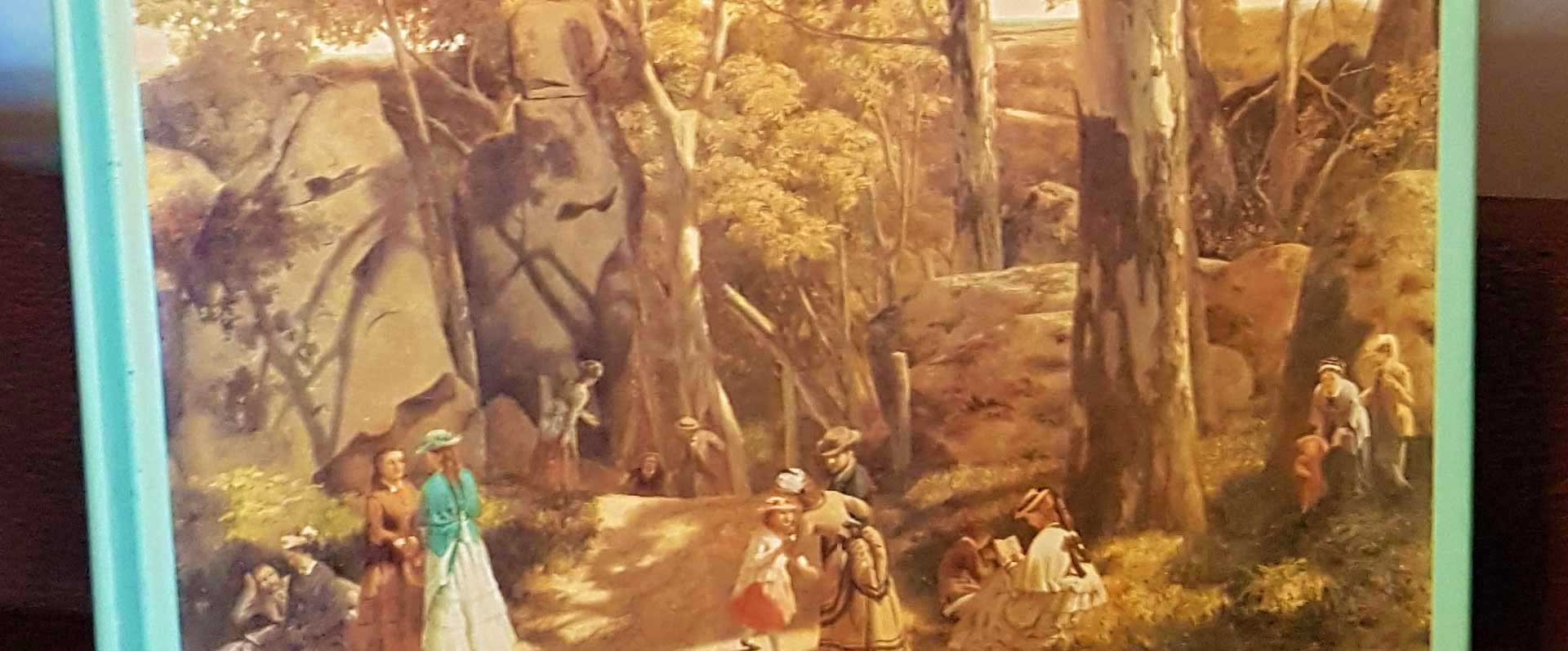I’ve been re-learning French for a few months now using the Duolingo app and recently received a copy of the novel Rebecca in French.
It’s one of my favourite Daphne du Maurier books, and I’ve enjoyed the movie adaptations too, especially the 1940 Alfred Hitchcock version (more about that in an upcoming post).
When first learning French at school years ago, I was aware of the French practice of denoting speech with guillemets – « and ». For example, the sentence He said, “I am French.” translates as Il a dit : « Je suis français. »
The guillemet is also used in many other countries.
I was surprised, however, on opening this translation of Rebecca from the original English to find the book using the em dash to denote speech instead. A few days ago, I saw this again in a translation of Agatha’s Christie’s The Mysterious Affair at Styles. Apparently, this is not the ‘official’ practice, but is a more recent way of denoting speech than the guillemet and is called the tiret.
Another unexpected aspect was the alignment of the title on the dust cover spine – reading from bottom to top.
Books published in the USA, the Commonwealth countries, the Netherlands and Scandinavia are unique in that the titles always read downward on the spines. This means if a book is laid flat on its back with the front cover facing up, the text on the spine is the right way up to read. There are actually industry standards for this (ANSI/NISO Z39.41 and ISO 6357).
However, in most of continental Europe, Latin America, and French Canada, spine text generally reads upwards, so books stacked flat need to be placed front cover down.
With respect to the French language translation of The Mysterious Affair at Styles, one might expect it to be titled L’affaire mystérieuse à Styles. But no – the book is titled La mystérieuse affaire de Styles.
Why? I’d love to know!


